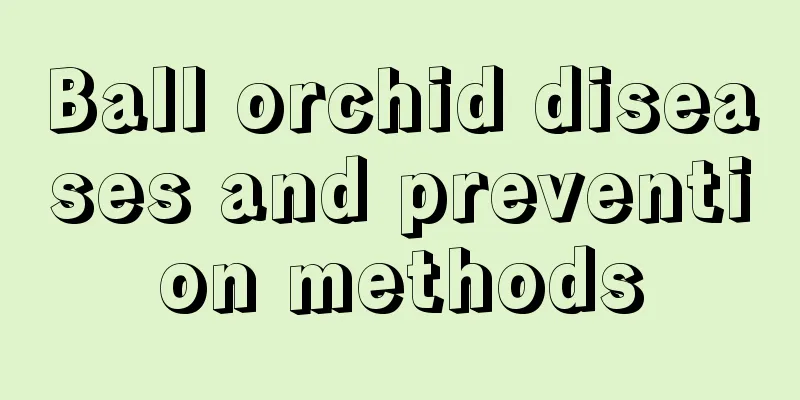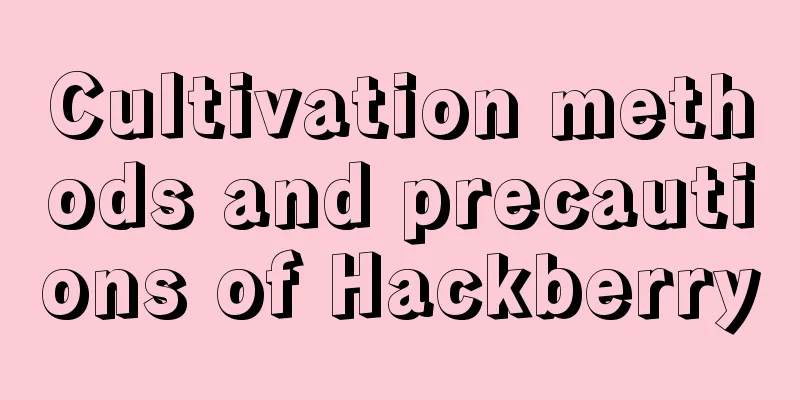Ball orchid diseases and prevention methods

Hoya anthracnosesymptomAnthracnose of Hoya usually infects the plant through wounds. Initially, a number of light yellow, dark brown or light gray spots appear on the leaf surface, sometimes forming several black bands. When the spots expand, the surrounding tissues turn yellow or gray-green and sink. In severe cases, the entire plant may die. Prevention and treatment methodsStrengthen management, do not plant too densely, maintain good light and ventilation, water from the edge of the pot, if there are damaged leaves, cut off the diseased leaves in time, avoid sunburn, cold damage, fertilizer damage, and drug damage, and reduce the occurrence of anthracnose. Take routine prevention measures and spray regularly with 600 times diluted 80 % anthrax thiram or 1000 times diluted 70 % thiophanate methyl. Hoya soft rotsymptomSoft rot is prone to occur in high temperature and high humidity environments. It is more likely to occur in the rainy season in early summer and less likely in winter. Initially, water-soaked spots appear on the leaf surface and petioles, and then they wilt and droop, losing their ornamental value. Generally, the whole plant is infected. When the leaves are affected, they appear as dark green water-soaked spots, which quickly expand to become yellow-brown soft rot, with brown water droplets oozing out and a special odor. Prevention and treatment methodsOnce the plant becomes sick, the diseased leaves should be cut off in time and the wounds should be coated with M-45 cornstarch to prevent reinfection. Use 5000 times of agricultural streptomycin or 1000 times of methyl polysulfonate for spraying for prevention and control. Hoya rustsymptomIn the early stage, orange-red spots appear on the leaves of the Hoya orchid, and in the later stage, brown spores appear on the back of the leaves. Prevention and treatment methodsDisinfect the cultivation medium in advance, strengthen environmental management, maintain ventilation and light, and remove diseased leaves when necessary. When the disease occurs, spray 800 times of 50 % carbendazim or 1000 times of 70 % thiophanate-methyl for prevention and control. |
<<: Disease control of strawberry
>>: Diseases and prevention methods of white chrysanthemum
Recommend
How to propagate Rosa candidum
Propagation method 1: sowing When we propagate pl...
Common diseases and pests of jasmine and their control methods
Diseases of brocade Symptoms of charcoal blast on...
How to prune Daphne
How to prune Daphne Daphne has strong germination...
How does blue-eyed chrysanthemum survive the winter?
Blue eyed chrysanthemum maintenance temperature B...
What fertilizers are needed for grape growth (what fertilizer is most suitable for grapes)
Now many villages have grape picking gardens. Wit...
What should I do if the soil for growing flowers becomes hard? Don’t just water the flowers foolishly, change the pot for them!
The harm caused by soil compaction is very seriou...
How to water yew
Watering method During the growing period of yew,...
What to do if the leaves of the money tree wilt
one. Cause Analysis 1. Too many water supply time...
Lotus root planting technology and management
Before planting lotus roots, deep plowing and dry...
What flowers bloom in autumn
1. Osmanthus The flowering period of osmanthus is...
Calla lily and anthurium flower arrangement making and appreciation
1.Flower tools 1 round glass flower pot, 1 bunch ...
Can Chinese hydrangea be planted in the yard?
Can I grow Chinese hydrangea in my yard? Chinese ...
How to prune jasmine and what to pay attention to
Jasmine pruning time Jasmine can be pruned three ...
How to use nutrient solution for green radish (soil and hydroponic methods)
1. How to use nutrient solution soil culture Firs...
When to water and fertilize onions in spring?
After spring, as the temperature gradually warms ...









